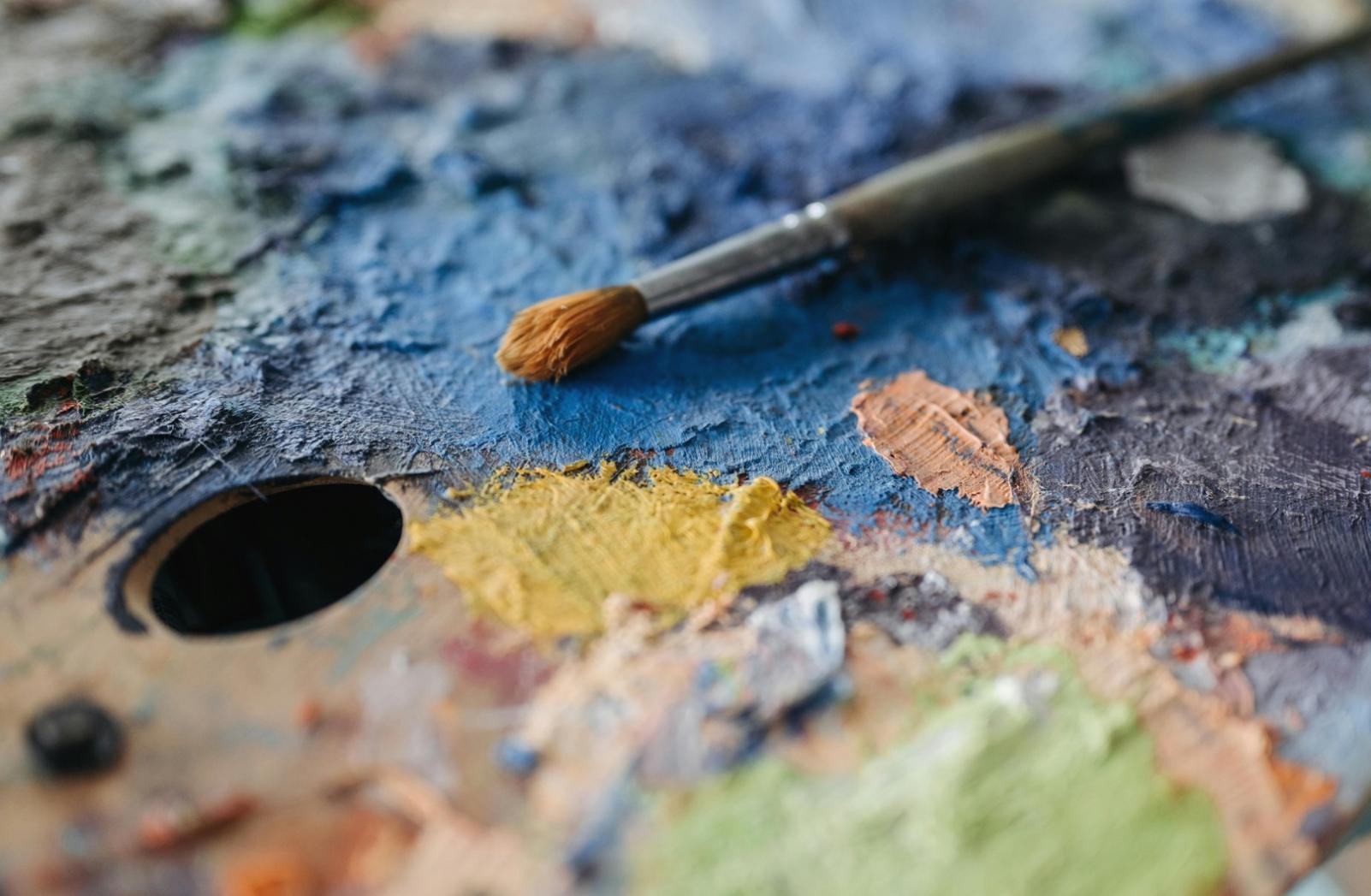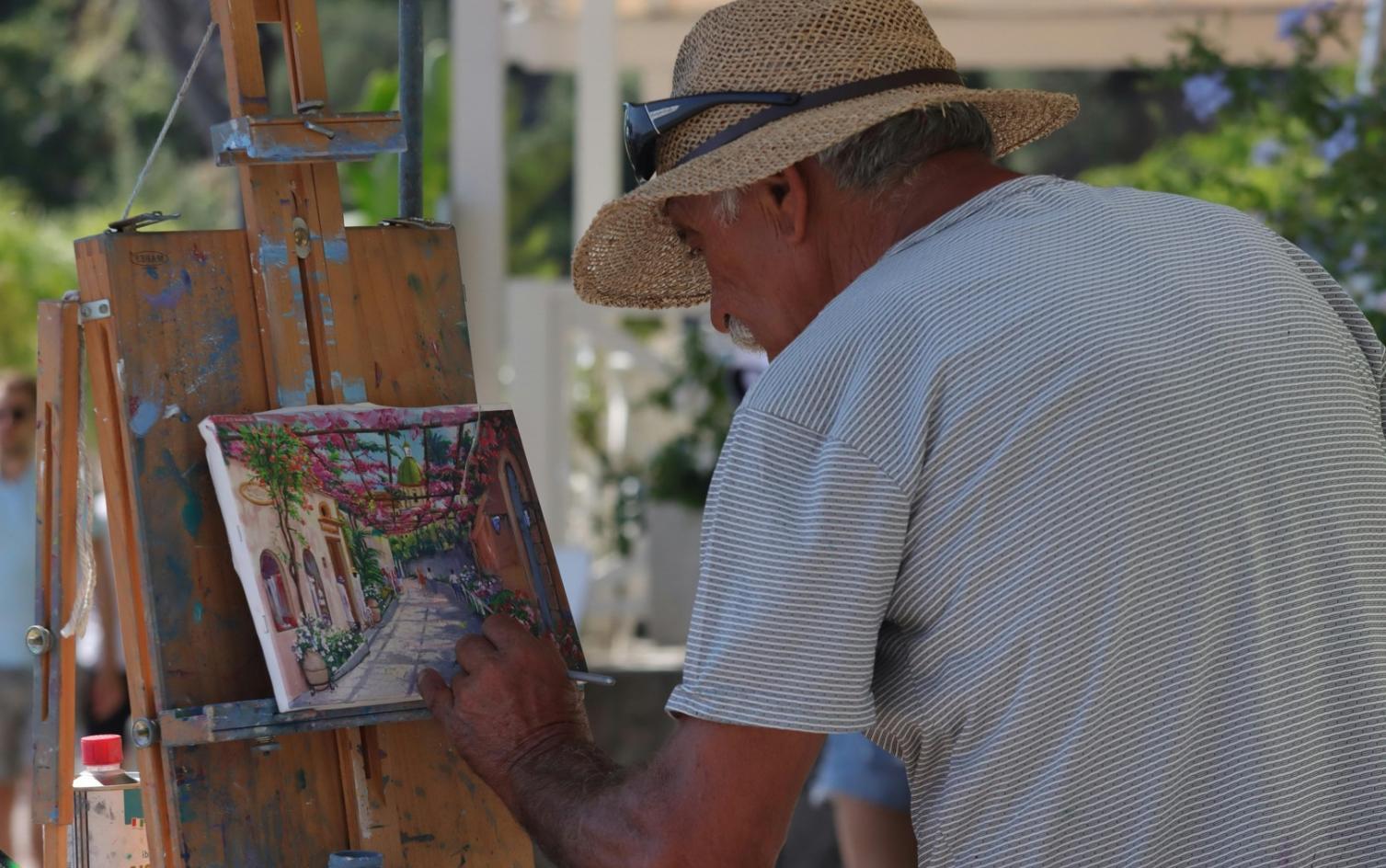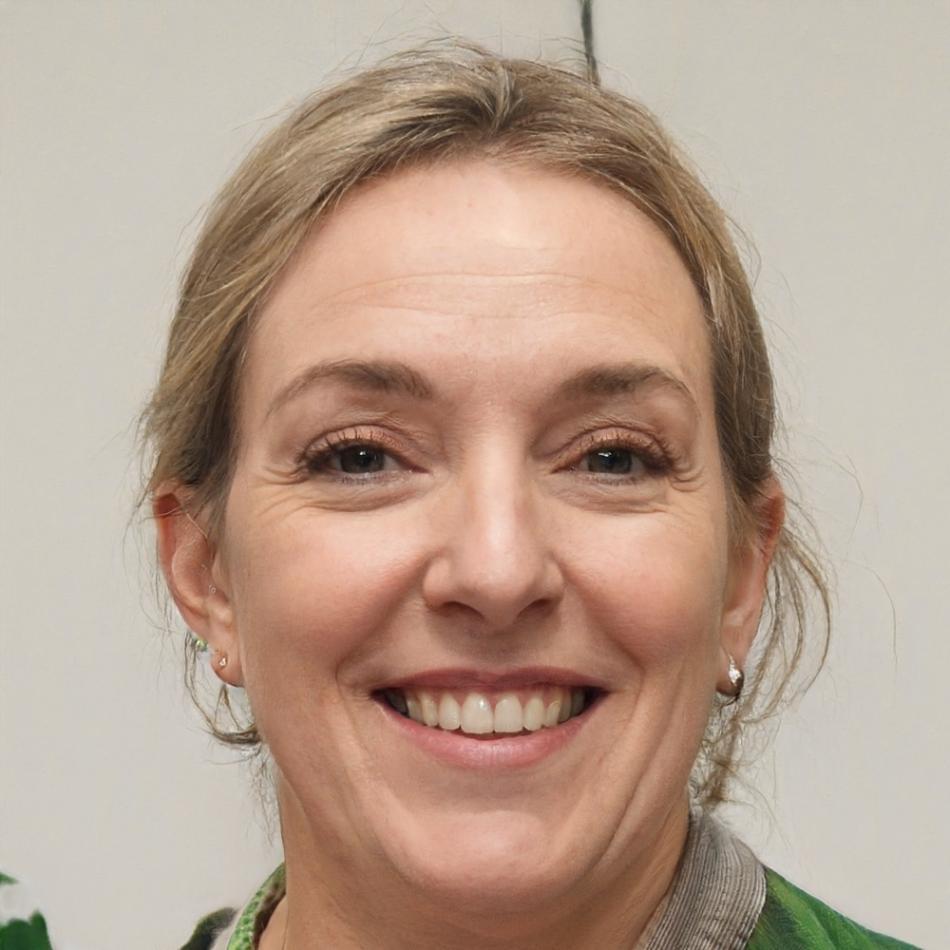Observe. Capture. Create.
Life drawing isn't about copying what's in front of you. It's about seeing form, understanding space, and translating three dimensions onto paper. We teach people to really look at the world around them — not through filters or screens, but through deliberate observation.
Explore Our Approach
Why Drawing From Life Still Matters in 2025
Digital tools are everywhere. But there's something irreplaceable about putting charcoal to paper while looking at an actual person, an actual object, an actual scene. The hand-eye coordination you develop, the way your brain processes spatial relationships — that foundation carries over to everything else you create, digital or otherwise.
We Focus on Fundamentals
Proportion. Perspective. Light and shadow. These principles don't change with trends or technology. Our autumn 2025 programme starts with gesture drawing and builds through anatomy studies, compositional theory, and extended observational sessions.
Classes meet twice weekly over sixteen weeks. You'll work with live models, still life arrangements, and outdoor environments across various lighting conditions.
Small Groups, Real Feedback
We cap sessions at twelve participants. That means you get actual critique, not generic encouragement. Instructors review work in progress and help you identify specific areas for improvement.
What You'll Actually Learn
Our curriculum is built around practical skill development. Each module connects to the next, with techniques that compound over time.

Gesture and Movement
Quick sketches that capture energy and posture. We start with two-minute poses and work down to thirty-second captures. This trains your eye to identify essential lines and forms immediately.

Structural Understanding
How bones support flesh. How muscles create surface landmarks. You'll study skeletal and muscular anatomy not from textbooks alone, but by observing real bodies in different positions and lighting scenarios.

I'd been drawing digitally for years but my work felt flat. Learning to draw from observation changed how I see form entirely. Now when I go back to digital, I understand what I'm actually trying to represent.